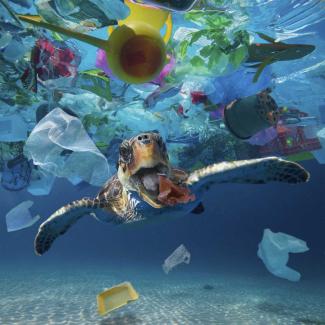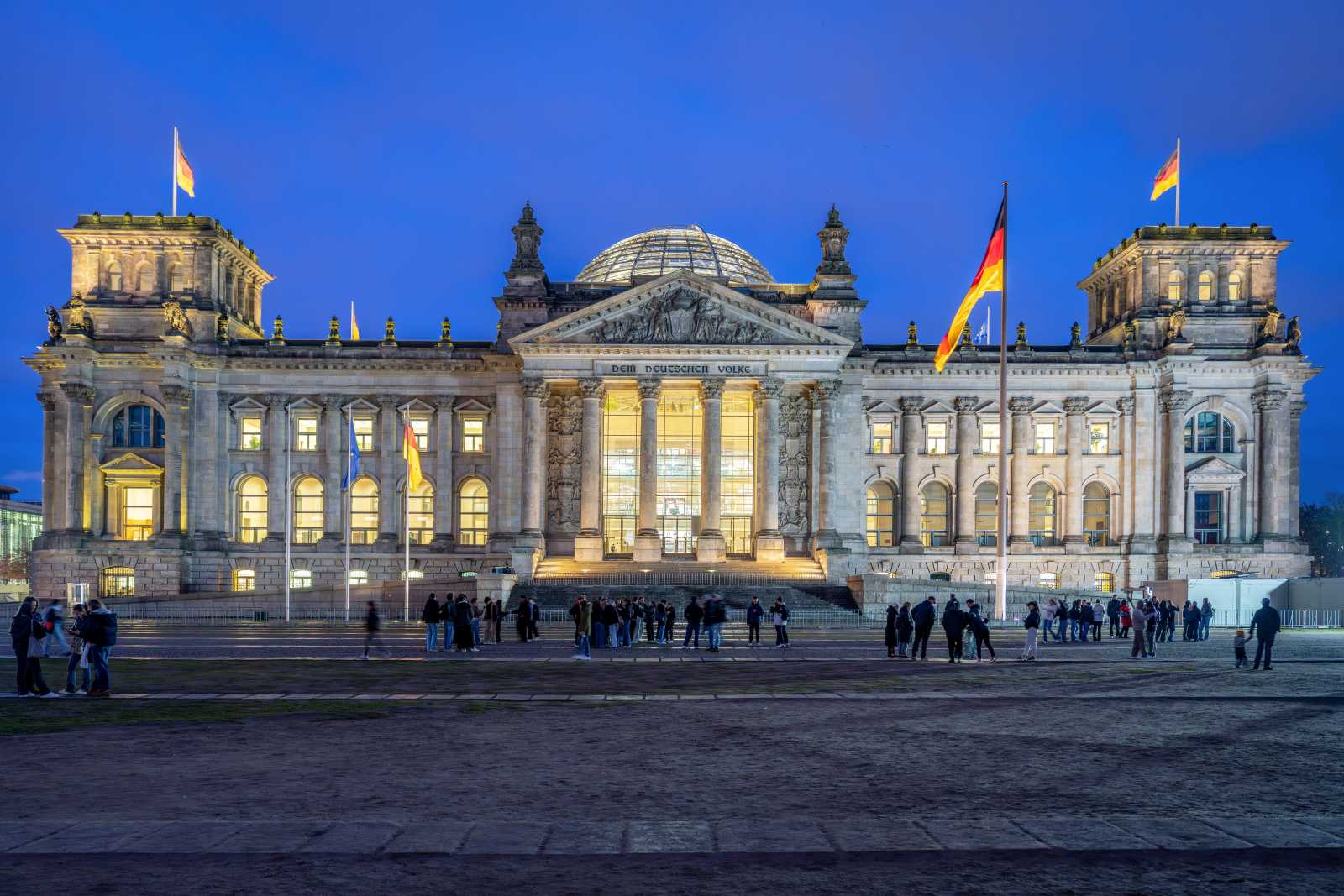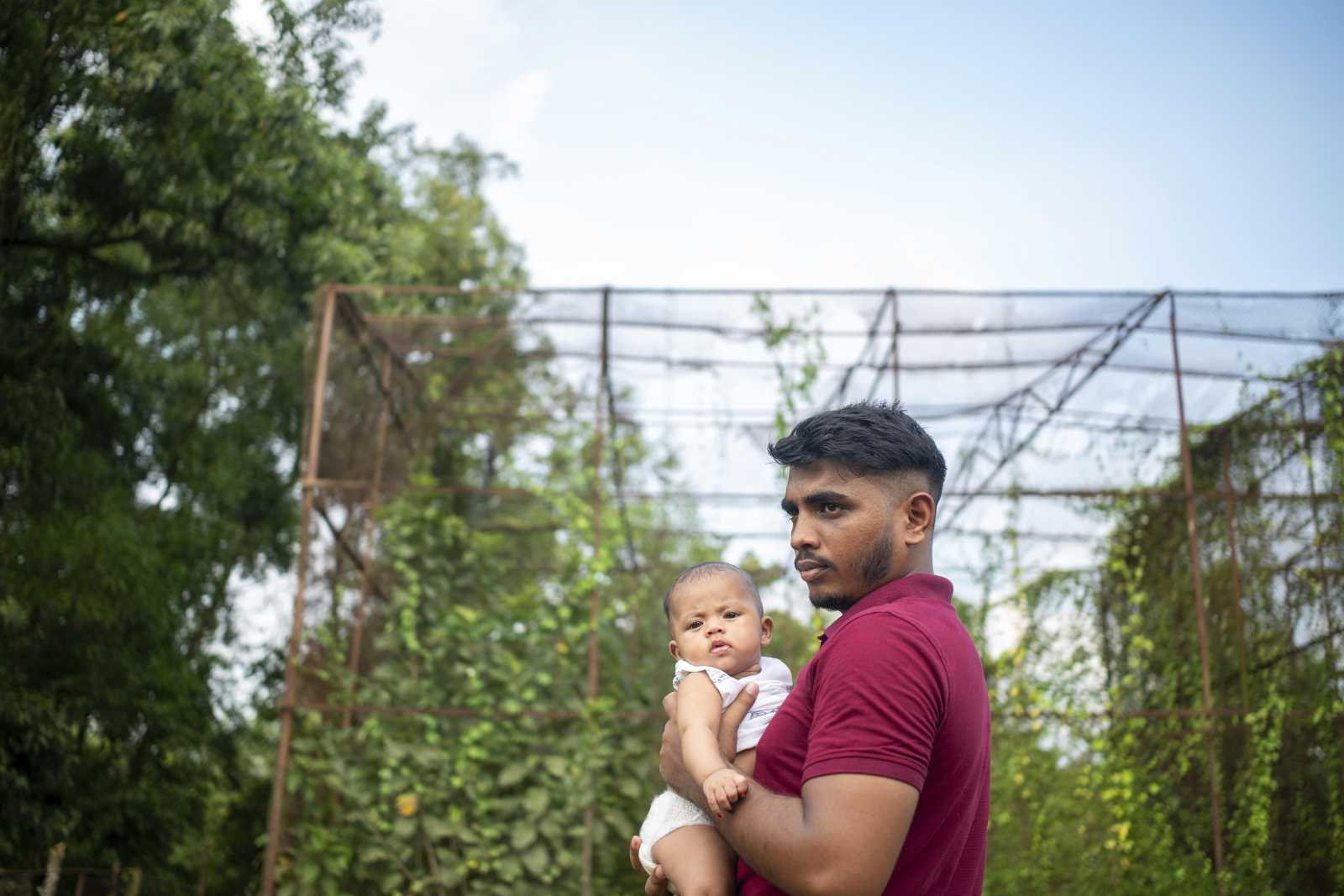Financial sector
Experts debate on how to achieve green economy

The fast erosion of biodiversity on Earth is clearly evident in scientific findings. Experts find it alarming that this pressing issue gets so little attention from the media and the public in general. Matters are very serious. Johan Rockström of the Potsdam Institute for Climate Impact Research considers the biodiversity crisis to be an even greater threat to humanity than the climate crisis.
In 2009, Rockström led an international group of researchers who investigated and developed the concept of planetary boundaries. They identified nine areas in which certain limits are crucial to the health – and indeed survival – of modern civilisation. The areas include climate change, freshwater use, ocean acidification and the losses of biodiversity that undermine biosphere integrity. If human interventions in these areas exceed what the planet can support, they will trigger devastating changes that threaten the stability of Earth’s ecosystem and thus the survival of the human race.
According to Rockström, human activity has breached those boundaries in six of the nine areas. Climate change and biodiversity are among them.
The implication is that we have left the Holocene climate epoch. For almost 12,000 years, that period was marked by stable environmental conditions which paved the way for today’s modern world. One of Rockström’s conclusions is that humanity must set sights on keeping the Earth system in a Holocene-like state. To achieve that goal, he says, biodiversity conservation and climate protection are necessary. They need to be achieved in a coherent agenda (see Peter Hilliges and Christian Lütke Wöstmann on www.dandc.eu).
Unless nature is kept intact, Rockström warns, it will not be possible to keep global warming below the 1.5° target set in the Paris Agreement of 2015. He argues that a healthy biosphere will absorb carbon, even as humankind continues to emit it.
In many parts of the world, indigenous people are making a difference in this regard. Joan Carling is an activist from the Philippines and works for the international non-governmental organisation (NGO) Indigenous Peoples Rights International (IPRI). She stresses that indigenous people perform valuable services in helping to maintain biodiversity, but are hit particularly hard by the impacts of climate change at the same time.
Moreover, the IPRI opposes large-scale renewable-energy projects that hurt indigenous peoples’ rights to land and resources. That is the case when large dams are built for hydropower purposes or when large biofuel plantations are established. The IPRI insists that such projects must not be implemented without the prior and fully-informed consent of the indigenous communities concerned (also see Korinna Horta on www.dandc.eu).
Potential solutions
In October, experts from science, politics and businesses discussed climate and biodiversity matters at the Development Finance Forum (DFF), a KfW Development Bank event in Frankfurt, Germany. One of the main demands raised was for greater “internalisation” of “external” environmental costs. The background is that environmental damages are often not covered in a business transaction, so people who are not involved in the transaction must bear the costs. Internalisation means that polluters pay for the environmental harm they cause. So far, companies often make excessive profits because they shift the environmental burden on to indigenous communities.
Internalisation is easier said than done however. Biodiversity-damaging projects, for example, are harder to identify than climate-damaging ones. Broadly speaking, the more CO2 or other greenhouse gases emitted by a project, the more damaging its impact on the climate. That is fairly easy to quantify. But as biologist Frauke Fischer of Würzburg University points out, the problem for biodiversity is that there is no simple equivalent to CO2.
She is often asked how a project’s biodiversity impact should be measured and how the costs could be calculated. There is no easy answer, she says, but stresses that some things must be avoided. For example, she has advised against investment in projects that involve a change of land use. While not every pro-climate measure is good for biodiversity, she says, pro-biodiversity measures generally are good for the climate.
Transition to a green economy
For some economists, the solution to make economic growth sustainable is a “green economy”, in which only low-carbon, climate- and eco-friendly industries operate. How to get there is a matter of debate. Christiane Laibach, a board member of KfW, is in favour of a two-pronged policy approach. First, more incentives must be created to make companies adopt sustainable business models. Second, she sees a need for stringent regulation.
Jochen Flasbarth, the state secretary at Germany’s Federal Ministry for Economic Cooperation and Development (BMZ) told the DFF that the transformation towards sustainability cannot be achieved only by government spending.
The private sector must play its part. In the financial industry, there are the so-called ESG criteria (the letters stand for “environmental, social and governance”) investors can apply to decide whether they wish to make a certain investment or not. The ESG criteria are controversial, however, because they lack a generally accepted definition (see Kathrin Berensmann on www.dandc.eu).
Moreover, the various criteria in use only show to a limited extent how sustainable a company really is. Jennifer Paffen of Bethmann Bank AG/ABN AMRO argues that commitments to climate and biodiversity typically form only a small part of the “E” in ESG. So even if a company gets good ESG marks, it may actually do rather little or even nothing to protect the climate or biodiversity.
Environmental experts admit that they must do a better job of “translating” the topic of biodiversity for decisionmakers. Despite the topic’s complexity, they need to find ways to explain it in clear terms. They hope that this is how the necessary awareness to prompt people to action will be created.
Maren van Treel is social media editor at E+Z/D+C.
euz.editor@dandc.eu











